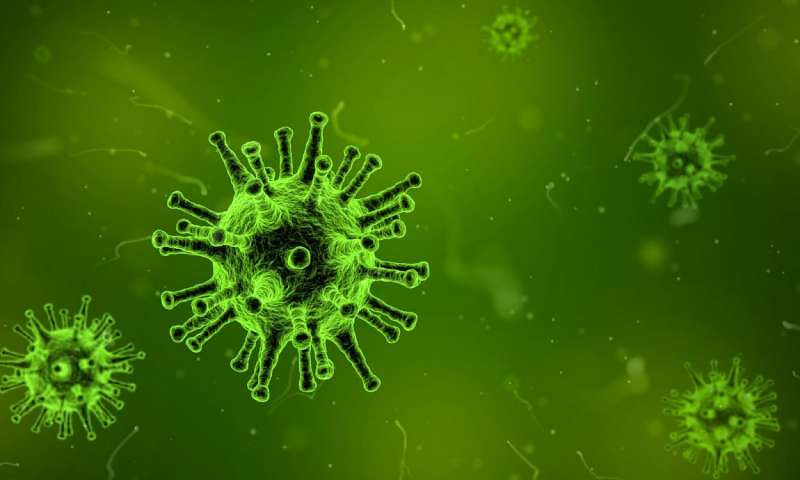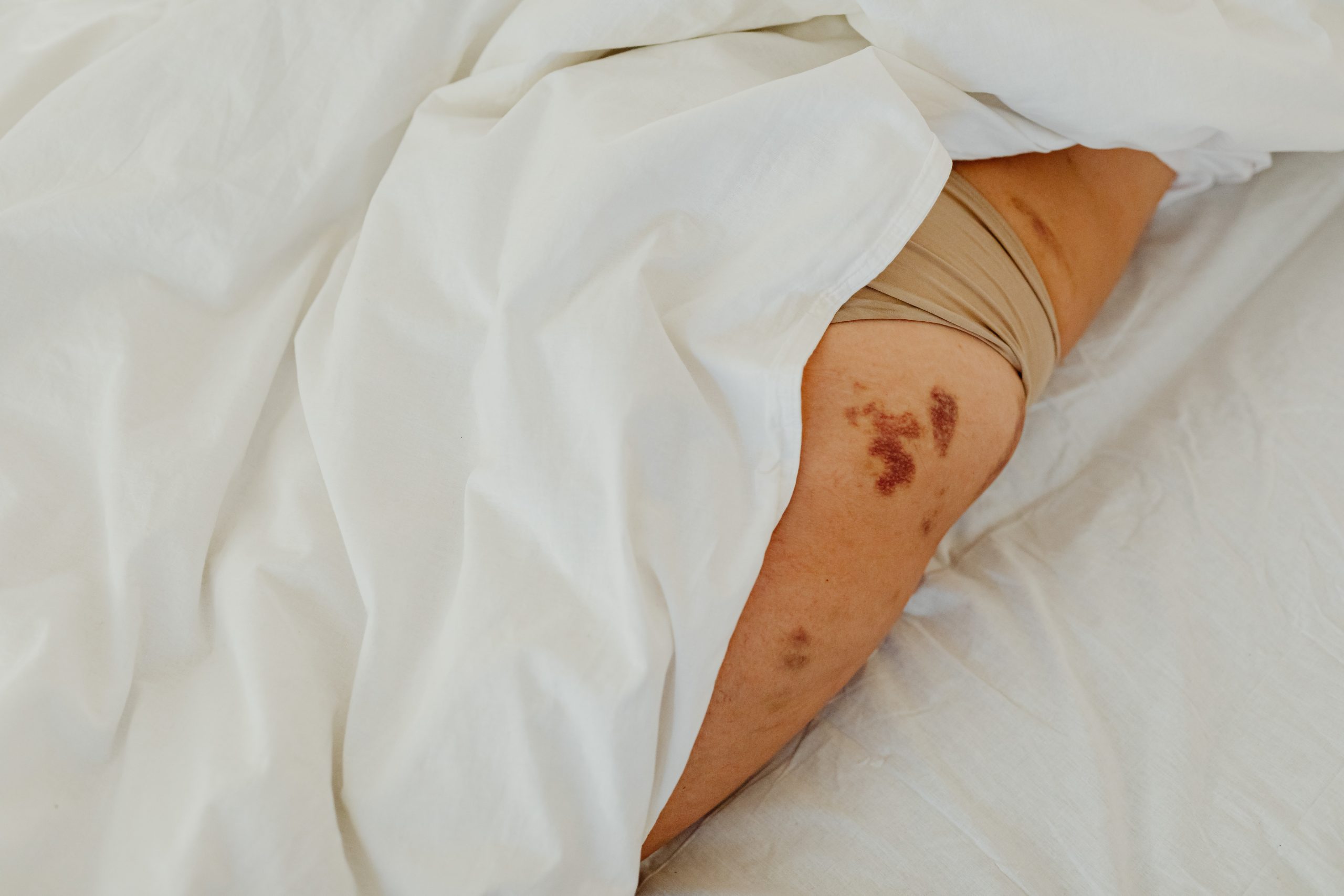Out of everything happening in our world at present, the Coronavirus (COVID-19) is one of the biggest concerns among people of all ages. It’s not just the talk of the town; it’s the talk of the world.
People are stocking up on water bottles and toilet paper in case they’re forced into quarantine. Schools, workplaces, and amusement parks are temporarily shutting down. The stock market is taking a drastic dip. Fewer people are traveling, even locally. Business is being affected. Community events are being canceled. Even the NBA season is paused until further notice.
Is all this panic and commotion worth it?
Before you decide if COVID-19 is a big threat or mostly media-produced paranoia, it’s important to consider the truth to the following misconceptions.
1. It’s the worst pandemic in history.
Comparing the death toll to other pandemics, the Coronavirus is significantly less severe. Some of the worst outbreaks included the flu pandemic of 1918 (20 to 50 million dead), the Asian Flu of 1956-8 (2 million dead), and the flu pandemic of 1889-90 (1 million dead). So far, reported deaths due to the Coronavirus is less than 10,000 since December 2019.
2. The mortality rate is high compared to other outbreaks.
The global mortality rate for Coronavirus is 3.4% (which mostly reflects the deaths in China), although it can vary based on population and location. Meanwhile, the flu pandemic of 1918 had a mortality rate of 10% to 20%, and the Ebola and AIDS/HIV mortality rate is up to 90%.
3. Most people who get the virus die.
With a 96.6% survival rate, the majority of individuals affected by COVID-19 only get mild symptoms and end up recovering.
The people with the virus who are at the highest risk of developing severe respiratory symptoms or even death are elderly individuals and those with chronic conditions such as respiratory diseases (e.g., COPD), cancer, or heart disease. Pregnant women and young children are also considered at-risk populations, although not as much as the latter groups.
4. There’s absolutely no way to avoid it.
At present, there’s no way we can eliminate the Coronavirus from affecting more people. However, there are ways we can reduce our chances of getting it.
Washing your hands; covering your sneezes and coughs; refraining from sharing utensils and dishware; and keeping your hands away from your hands, nose, and mouth are some ways to potentially prevent the virus. Those at greater risk of getting sick may also want to avoid large crowds and reduce overseas travel at this time.
5. It’s not going to end anytime soon.
According to experts in China, as the virus is hitting a peak at the epicenter, there are fewer new cases being reported in China. Over the next month or few, it’s expected the same to be true in other countries around the world.
Other researchers are unsure when the pandemic will die down. Then there are those who believe the Coronavirus will disseminate as the weather gets warmer. Either way, many researchers have high hopes that COVID-19 will die down before this summer.
Conclusion
Although several thousands of people have been affected by the Coronavirus and thousands of individuals have passed away, the virus may not be as much of a bad as people are making it out to be. However, this doesn’t mean it isn’t a serious worldwide event. Still, it’s critical to take extra precautions while the outbreak is still in session, especially for at-risk populations.




